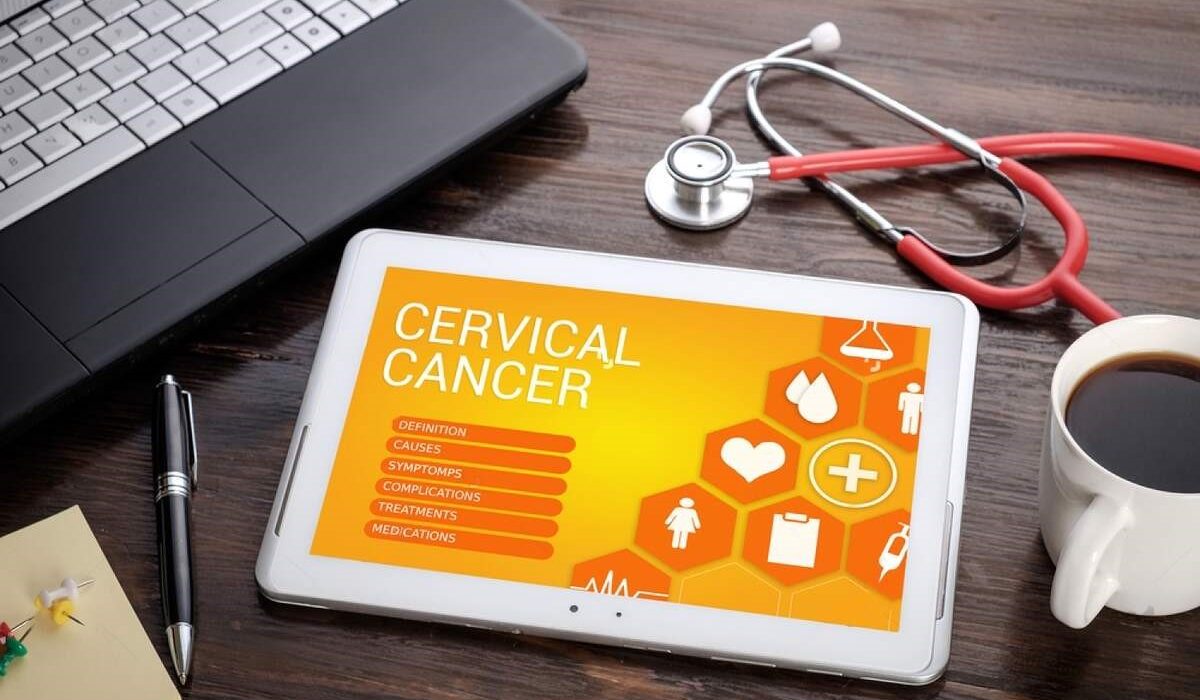Introduction
Early detection of cervical cancer significantly improves treatment outcomes and survival rates. Regular screenings like Pap smears and HPV tests are crucial for identifying cancer before symptoms appear. Understanding risk factors, recognizing symptoms, and exploring treatment options can help you take proactive steps towards better health.
1.What can you do to detect cervical cancer early?
As with other types of cancer, if cervical cancer is diagnosed early, you will have more treatment options and a better outlook for the future. The later stages of cervical cancer can be complicated and difficult to treat. The odds of survival or treatment double when cervical cancer goes undetected and has a chance to spread beyond your cervix. Fortunately, by detecting cervical cancer in its early stages, you can take steps to improve your survival. Here are the clinically recommended early detection strategies:
2.Get regular screenings for cervical cancer
Screening is the best way to detect cervical cancer in its early stages. Early stages of cervical cancer often don’t cause symptoms or prompt a doctor’s visit. But screening can detect cervical cancer long before symptoms begin. The two main screenings for cervical cancer are as follows:
2.1 Pap smears
Test for cervical cancer and detect early changes that may become cancerous.
2.2 HPV test
HPV tests look for human papillomavirus. This virus is the number one risk factor for cervical cancer. Get regular screening if you’re between the ages of 25 and 65, according to the Cancer Society. Knowing your cervical cancer risk can help you detect cervical cancer early. The single biggest risk factor for cervical cancer is HPV. It is a common sexually transmitted infection. You can reduce your risk by practicing safe sex. Safe sex means using protection for all sexual activity and getting tested regularly for infection.
3.Risk factors for cervical cancer that are not sexually transmitted include:
- Smoking
- Health conditions or medications that weaken your immune system.
- A family history of cervical or cervical cancer
- The intrauterine drug diethylstilbestrol was prescribed to women between 1938 and 1971 to help prevent miscarriage. It has now been linked to an increased risk of cervical cancer.
- Cervical cancer is also more common in low-income communities that lack access to preventive health care and sex education, including cervical cancer screening, sexually transmitted disease testing, condoms, and safe sex resources.
- This lack of access to both developed and underdeveloped health care services disproportionately affects poor women. As a result, these groups have a higher risk of cervical cancer.
4.Know the symptoms of cervical cancer
It is rare for cervical cancer to develop symptoms in its early stages. However, it is still important to know the symptoms of cervical cancer. These symptoms do not always mean cervical cancer, but it is still best to contact a medical professional or gynecologist if you experience them.
- Early symptoms of cervical cancer include:
- Pain during intercourse
- Pain in your pelvic area
- Vaginal bleeding – This can mean heavy menstrual bleeding, prolonged spotting between periods, or bleeding after sex.
- Unexplained vaginal discharge
Early detection of cervical cancer can significantly improve your treatment outlook. Early stages of cervical cancer are unlikely to cause symptoms. That’s why screening is so important. Both the Pap smear and the HPV test are used as cervical cancer screenings. Following the screening guidelines for your age and risk group can help detect cancer at a precancerous stage.
5.Cervical cancer treatment
If your doctor says you have cervical cancer, he or she will refer you to a gynecologic oncologist, a doctor trained to treat cancers of the female reproductive system. This doctor will work with you to develop a treatment plan. The extent of the disease is referred to as the stage. The outer icon Information about the size of the cancer or how far it has spread is often used to determine the stage. Doctors use this information to plan treatment and monitor progress.
6.Types of treatment for cervical cancer
Cervical cancer is treated in several ways. It depends on the type of cervical cancer and how far it has spread. Treatments include surgery, chemotherapy, and radiation therapy.
6.1 Surgery
Doctors remove the cancerous tissue in one operation.
6.2 Chemotherapy
Using special drugs to shrink or kill cancer. Medicines can be pills you take or drugs given into your veins, or sometimes both.
6.3 Radiation
Using high-energy radiation (like X-rays) to kill cancer. Different doctors on your medical team may provide different treatments. Gynecologic oncologists are doctors trained to treat cancers of the female reproductive system. Surgeons are doctors who perform operations.
Conclusion
Detecting cervical cancer early can make a profound difference in your treatment journey and overall prognosis. Regular screenings are essential as they can identify cancerous changes long before symptoms emerge. Awareness of risk factors and early symptoms can further aid in early detection. With advancements in treatment, including surgery, chemotherapy, and radiation therapy, there are multiple ways to manage and combat cervical cancer effectively. By staying informed and adhering to recommended screening guidelines, you can significantly improve your chances of early detection and successful treatment.


Leave feedback about this